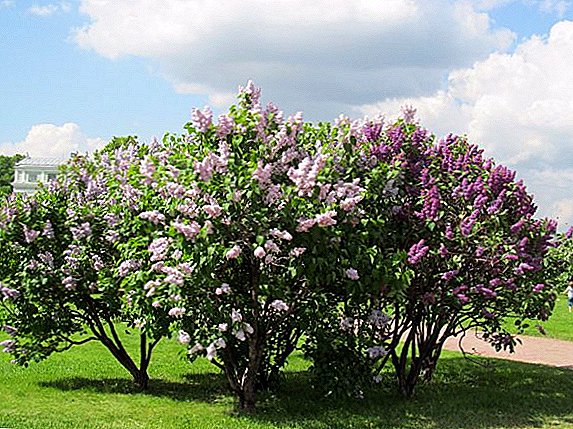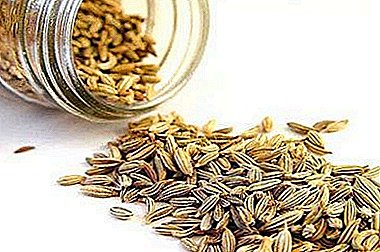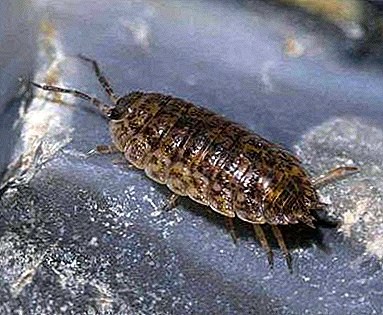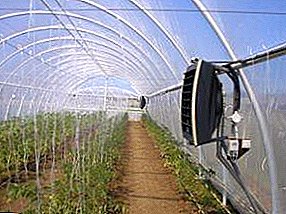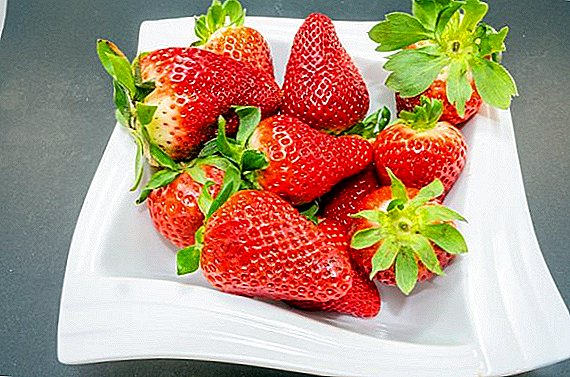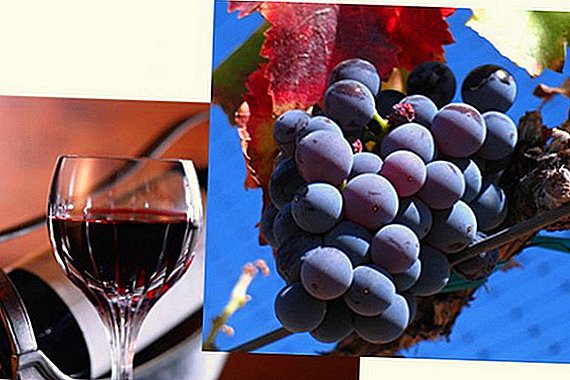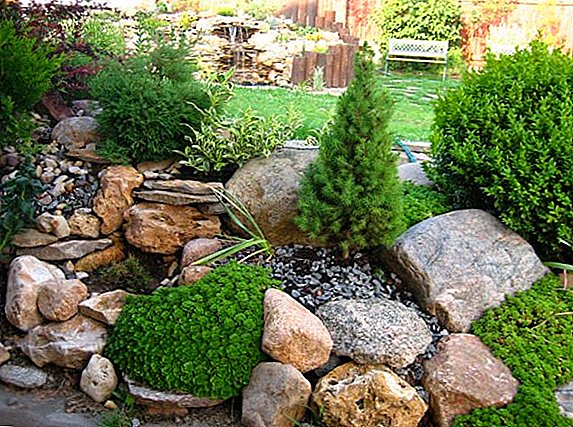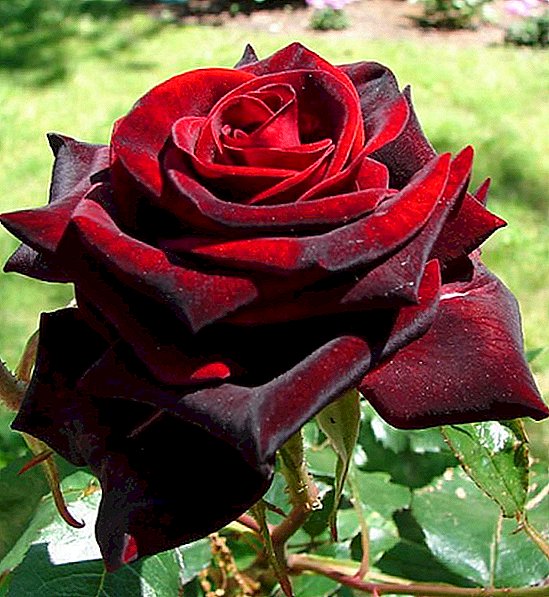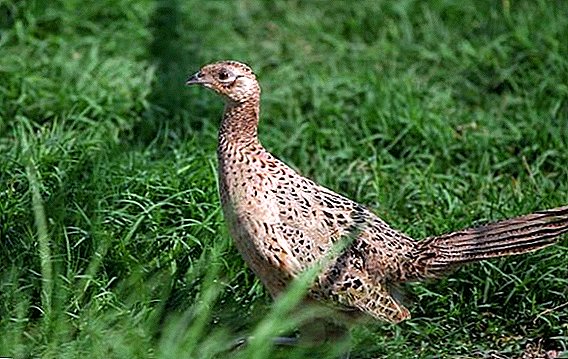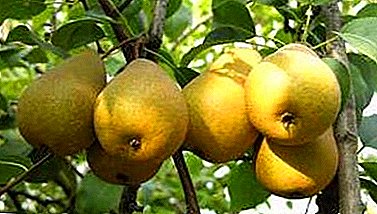
Variety pears "Thumbelina" is a mid-season variety. Pears are small, symmetrical.
The grade is applied in house preparations and traditional medicine. Unique in its amino acid content.
Recommended for use by children and people with weak health.
What kind is it?
Pear "Thumbelina" got its name thanks to small tree and its miniature fruits. This variety refers for autumn varieties of late ripening. Does not grow in industrial gardens.
Grade pear "Thumbelina" refers only to amateur use because low yield and small fruits no more than 60 grams. At home, pears of this variety are made: jam, wine, compotes, candied fruits, marmalade, jam, honey.
 Used in folk medicine. Fruits of a grade clear structure of blood and rheology. Help with menopausal disorders. Regular use of pear fruit promotes rejuvenation of the body.
Used in folk medicine. Fruits of a grade clear structure of blood and rheology. Help with menopausal disorders. Regular use of pear fruit promotes rejuvenation of the body.
Autumn pear varieties also include: Svetlyanka, Tatiana, Tikhiy Don, Svarog and Perun.
Breeding history and breeding region
Is an amateur hybridization derived from the organization OAO RZOSS Voronezh. Variety Variety: Alenushka. Originators of a grade: A. M. Ulyanischeva (Author of the book "Tips for Flower Growers") and O. V. Ryazantseva.
According to some reports Authors are Breeders VSTISP, Moscow: Yuri Alexandrovich Petrov and Nina Vladimirovna Efimova (Authors of the book "Calendar of amateur fruit grower").
 The variety is obtained due to hybridization of the Bere winter Michurin pear (high-yield winter variety) and pollen mixture of eight southern varieties: Forest Beauty (Belgian variety with stable resistance to severe Russian frosts), Josephine Mechelnskaya (Belgian winter variety), Triumph Zhoduane (Western European variety, bred in 1831), the Anjou beauty (French variety with gigantic fruits over three kilograms), Duchesse Angoulême (French selection, bred in 1809), Winter deanka (Belgian variety, bred in the XVIII century), Cure (Fr. ntsuzsky triploid winter variety bred in 1760), Saint-Germain (French winter variety, known since 1872).
The variety is obtained due to hybridization of the Bere winter Michurin pear (high-yield winter variety) and pollen mixture of eight southern varieties: Forest Beauty (Belgian variety with stable resistance to severe Russian frosts), Josephine Mechelnskaya (Belgian winter variety), Triumph Zhoduane (Western European variety, bred in 1831), the Anjou beauty (French variety with gigantic fruits over three kilograms), Duchesse Angoulême (French selection, bred in 1809), Winter deanka (Belgian variety, bred in the XVIII century), Cure (Fr. ntsuzsky triploid winter variety bred in 1760), Saint-Germain (French winter variety, known since 1872).
It has a wide distribution since 1998. The first growth accounted for Chernozem strip of the Russian Federation. The variety is suitable for growing in the south of Siberia and in the Central European strip.
Grows in the garden plots Moscow region and nearby cities. "Thumbelina" can be found in Moldova, Kazakhstan, Estonia, Ukraine, Belarus. Great for variety temperate continental climate with mild winters.
Pear "Thumbelina": description of the variety and photos
The tree is short, slow-growing. In height does not exceed 1.5 meters. Crown "Thumbelina" wilted, naked, oval. Bark trunk of a pear tree of a silvery shade. The main stems depart from the trunk at a 90-degree angle.
 Branches countless On them are equally distributed with the uniform setting of fruit. Shoots without downiness, even, oval-rounded in cross-section with a brown tinge. Chechevichki small.
Branches countless On them are equally distributed with the uniform setting of fruit. Shoots without downiness, even, oval-rounded in cross-section with a brown tinge. Chechevichki small.
Kidney cylindrical, brown, slightly deviated from the branches. The leafiness is average. Leaves oval shape with a short pointed edge. The shade of emerald leaves. The edge of the sheet has a fine toothed surface.
Plate without downiness, flat, flattened, directed to the top of the tree. Stem length is short. Flowers miniature, snow-white, with a small makhra. They have a small toshcheid form.
Inflorescence this variety is an umbrella. "Thumbelina" refers to samobesplodnymi varieties. Required pollinators of other varieties of pear trees.
Fruits are small, symmetrical, in weight reaching no more than 60 grams. Have short pear shape. During the consumption of pears have a major amber shade and coverslip bright red. Palpation pear smooth.
The skin of the fruit is elegant, not palpable when eating. Subcutaneous freckles are almost invisible. The entire peel of the fruit is covered with golden-rusted brown specks, which is a characteristic feature and a distinctive feature from all other varieties.
Peduncle thick, compressed. The funnel is tiny or missing completely. The saucer is quite elongated.
The cup is half open. Podchashechnaya tube of small size. Heart tiny, small. Axial fruit cavity no. Seed chambers are varieties of pears belong to the closed type.
 Seeds pear brown shade, small. Pear fruit flavor is very strong. Pulp of a beige shade, oily, without granularity, with plentiful juice.
Seeds pear brown shade, small. Pear fruit flavor is very strong. Pulp of a beige shade, oily, without granularity, with plentiful juice.
It has a sweet sour taste. The pulp of pears does not rot and does not crumple. The appearance of the fruit was rated na 4.7 points out of 5 possible. Tastes pears - 4.6 out of 5.
Description of the chemical composition of pear grade "Thumbelina":
| Composition | amount |
|---|---|
| Tetriac acids | from 0.20 to 0.23% |
| RSV | from 16.95 to 17.04% |
| Sahara | from 10 to 10.1% |
| Pectic substances | from 0.60 to 0.65% |
| Ascorbic acid | from 8 to 8.1 mg per 100 g |
| Catechins | from 114 to 114.8 mg per 100 g |
| Sugar acid ratio | 43,9 |
For more information about pear "Thumbelina" can be in the photo below:




Characteristic
Is an mid-season variety. By period of consumption refers to late autumn varieties of late ripening. Pears are gaining wonderful sweet taste in different weather conditions - unbearable heat, torrential rains or cold summers.
The varieties of pears are distinguished by their excellent taste: Cosmic, Marble, Karataevskaya, Kupava, and Krasulya.
With full maturity fruits are subject to shattering. Harvesting going on in the II decade of Septemberwhen the fruit is freely separated from the stem. In cold rooms fruit persist until January (maximum 115 days).
 The period of entry into fruiting is medium. The yield of 11-15-year-old trees is up to 175 centners per hectare of land.
The period of entry into fruiting is medium. The yield of 11-15-year-old trees is up to 175 centners per hectare of land.
Transportability of fruits over long distances is very high. Fruiting fruits stable.
Fruiting occurs 6 or 8 years after planting the cutting. The variety is endowed with a high rate to various environmental factors.
Winter hardy. Maintains frosts to minus 38 degrees Celsius in the middle of the winter period.
Up to minus 25 degrees Celsius with unexpected frosts after the spring thaw. Up to minus 33 degrees Celsius after the spring thaw and further stable negative temperatures.
At an early stage of growth and during the crop has drought tolerance at the highest level. Good heat resistance.
High yields can boast: Yakovlevskaya, Sverdlovchanka, January, Fairy and Severyanka.
Planting and care
To accelerate the start of yield "Thumbelina" must be grown through budding in the crown of high-yielding fruiting plants. Seed the offspring of these pear trees with comfortable, gummy branched roots.
For growing cuttings is priceless, as in pear trees the root system is mostly pivotal, which is not very convenient for planting.
Seeds for planting this variety are very valuable for professional nurseries.
 The variety can be planted in spring or autumn, but better in spring, so that the root system of the seedling has time to get stronger and settle down before the onset of winter.
The variety can be planted in spring or autumn, but better in spring, so that the root system of the seedling has time to get stronger and settle down before the onset of winter.
For the winter, cuttings should be added inclinedso that they can successfully winterize under the protection of snow cover.
On how to properly care for fruit trees, see the video:
Diseases and pests
Medium resistant to fungal diseases and pests. Lesions //selo.guru/ptitsa/bolezni-p/gribkovye/parsha.html was not observed.
Varieties of pear resistant to scab and other diseases: Skorospelka from Michurinsk, Severyanka red-cheeked, Lel, Oryol beauty and Oryol Summer.
Pear Copper is very affected. Requires preventive treatments against pests.
For the elimination of the larvae of pear mediators use traditional methods: decoctions of tobacco dust, chamomile, yarrow and dandelion.
Defeats septoria from 0.5 to 1.3 points. Defeats entomosporium in nurseries reaches 2.5 points.
Conclusion. Variety pears "Thumbelina" got its name thanks to a small tree and its miniature fruits. Pears are small, symmetrical. Pear fruit flavor is very strong.
The flesh of the pears does not rot and does not crumple, has a sweet-sour taste. It is a mid-season variety.
 According to the period of consumption refers to the late autumn varieties of late ripening.
According to the period of consumption refers to the late autumn varieties of late ripening.
To speed up the start of yield, Thumbelina must be grown through budding in the crown of high-yielding pear trees.
Medium resistant to fungal diseases and pests.


